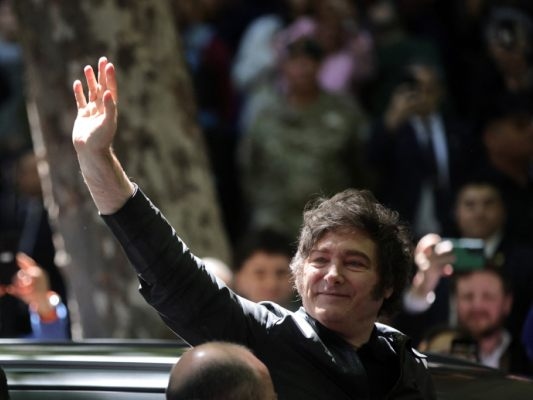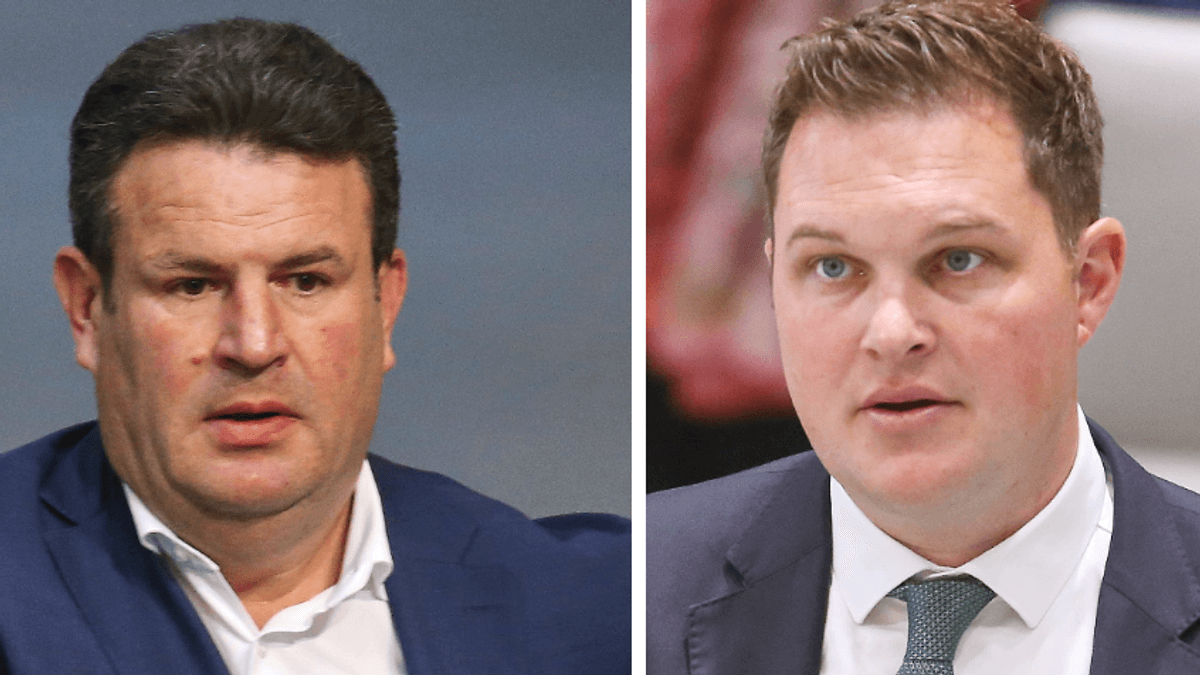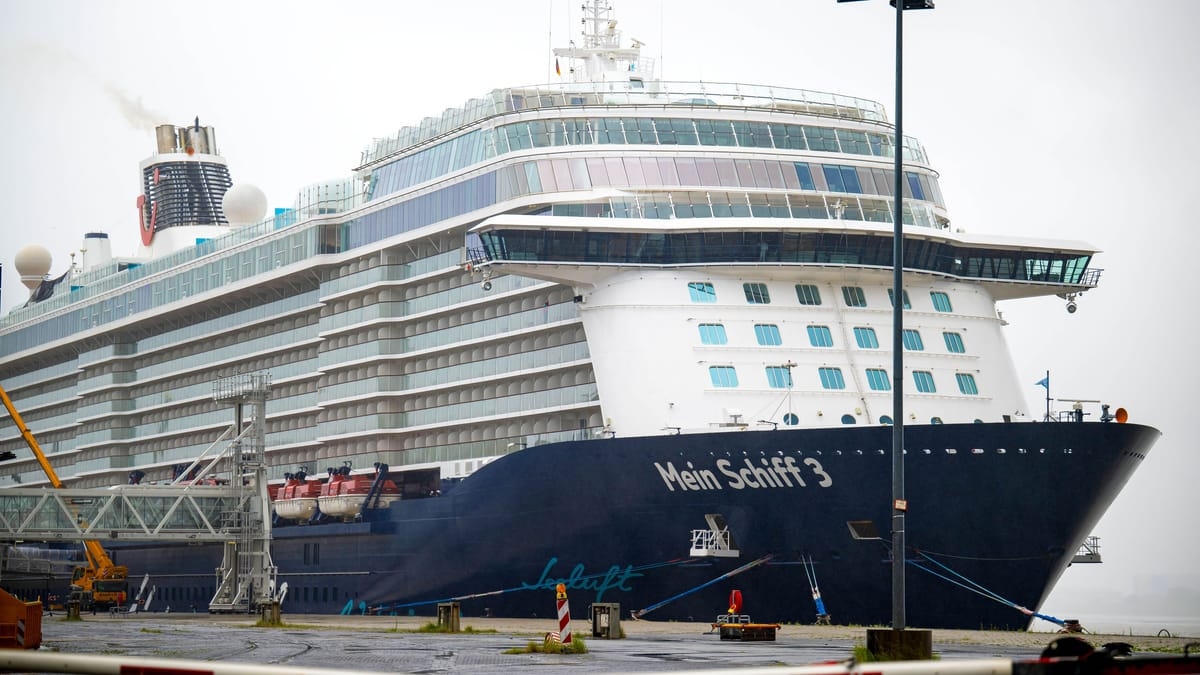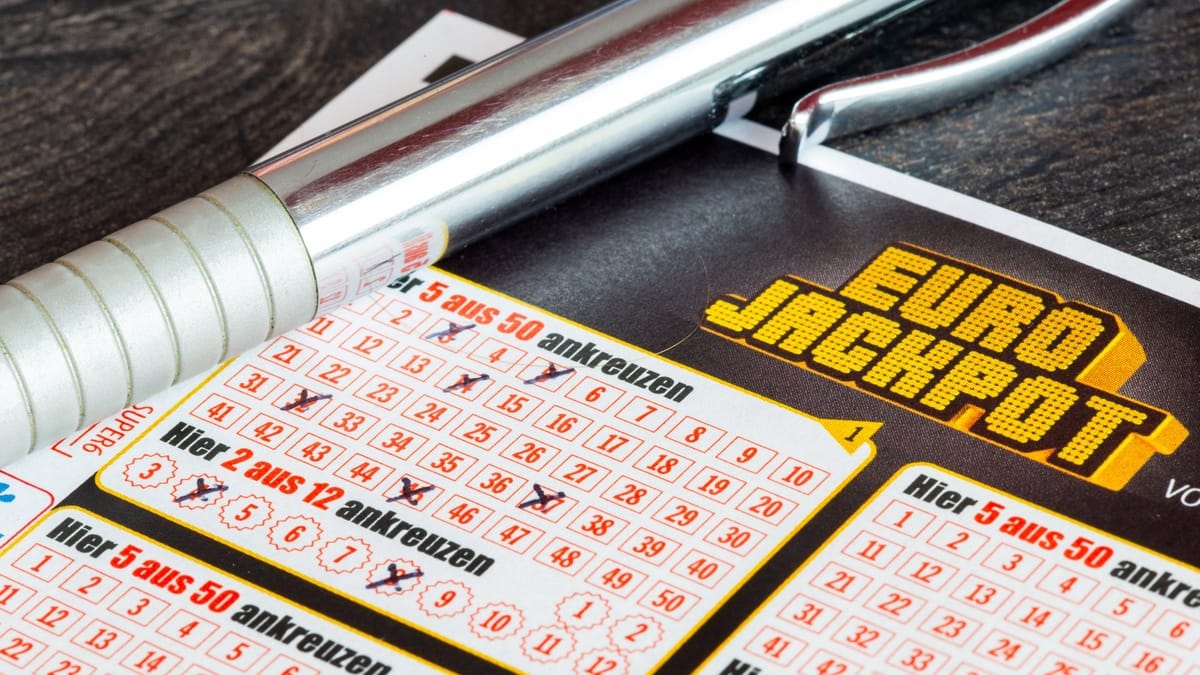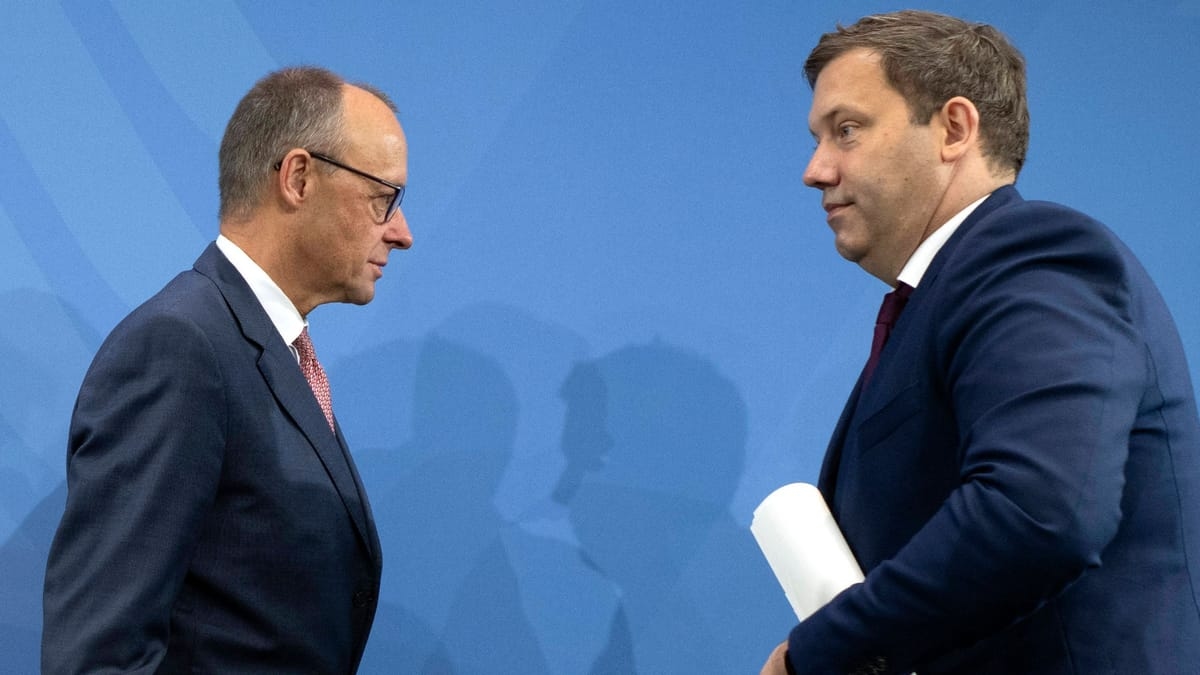Rehearsal visit with Marcos Morau: In the shelter of the night

The piece "Wunderkammer" is being created in the large rehearsal hall of the Deutsche Oper in Berlin with the Berlin State Ballet . Two weeks before the premiere, I'm allowed to attend a rehearsal.
The dancers, more than twenty of them, stand at a barre, as if during exercise, their daily training, but often move much closer together, almost merging into one multi-limbed body. The beat is counted out loud for the pliés and dégagés, the raising of arms, turning of heads, poses, and half-turns.
It quickly becomes clear that this is different from a traditional workout. There are small disturbances, shifts in emphasis, rapid weight shifts, a shift in the body axis, flailing wrists, a jerking of the chin.
Sometimes it looks as if the stop button has been pressed several times in the flow of movement. All these obstacles alter the view of the familiar. This can create something strange and stumbling, as if a robot were imitating human movements. Or like an image disintegrating into pixels for a moment before reassembling itself.
Miniature deviations from the line
Spanish choreographer Marcos Morau is working with the State Ballet. In this concentrated 90-minute rehearsal, he hones the miniature deviations from the classical line, the leaps in emphasis, and the cracks in classical tradition.
Something has gone off track, lost its connection to the body, lost the self-evidence of aesthetic language. As if thrown out of bodily control for a brief moment, individuals in the line suddenly sink to the ground and are caught and pulled up by others.
These moments of deviation are part of Marcos Morau’s signature, whether he is working with flamenco and classical Spanish dances, as in his piece “ Afanador,” which he developed in 2024 with the Ballet Nacional de España (shown on Arte Concert until the end of the year), or with classical ballet.
In Barcelona, he directs his own company, La Veronal, which he founded twenty years ago at a very young age (born in 1982). He has been an artist in residence at the Berlin State Ballet for three seasons. He has received numerous awards, most recently being named Choreographer of the Year for the second time in German-speaking countries.
Bullfighters and flamenco dancers
"Afanador" was closely linked to the imagery of Colombian photographer Ruven Afanador, who created expressive images of bullfighters and flamenco dancers. This connection to the visual arts runs through the work of Marcos Morau, who himself studied photography.
With his company La Veronal, he has been invited to Berlin several times for the Tanz im August festival. "Siena" was shown there, with a setting reminiscent of a museum. Spoken, emotionally charged descriptions of the images were layered over the expressive and whimsical dance scenes, triggering the imagination twice over. In 2015, he choreographed "Edvard" with the Norwegian National Ensemble, a piece that referenced the painter Edvard Munch .
"Wunderkammer," however, doesn't refer to the art history of the Wunderkammers, but rather embraces their potential to discover the unexpected. "Wunderkammer" is inspired "by the Berlin night, from the Weimar Republic to the cathedrals of techno," Morau explains after the rehearsal.
"The night can be a place of freedom, refuge, and diversity, one that has its own rules. When the world collapses, as in the Weimar Republic or today, it is a place of refuge. But even in it, rejections occur; the desire for belonging is not always fulfilled."
Cultural space full of bubbles
This also stems from his experiences with the city of Berlin. On the one hand, he finds much here inspiring, but in recent years he has also experienced Berlin as a cultural space in which many things have disintegrated into bubbles that barely notice each other and are elitistly isolated from the outside world.
“Wunderkammer” premieres on October 31st, Komische Oper in the Schillertheater
The sequence rehearsed that day is part of the piece, which, even on stage, maintains the atmosphere of the rehearsal room, of the warm-up at the barre. The show slowly develops from this.
The imagery Morau cites in his plays is often laden with cultural history, sometimes even with a whole baggage of tradition. Surrealism and Luis Buñuel served as inspiration for La Veronal's plays "Voronia" and "Sonoma," which feature quite dark visions.
The soundtrack, occasionally featuring sacred chants or bells, the costumes, and individual scenes also evoke associations with a world strongly influenced by Catholicism. Morau says he was raised in such a world, but he views it critically.
Concepts of guilt and punishment
"Religion can destroy you with its concepts of guilt and punishment, but it is also a great generator of images and imaginations. The history of art is deeply influenced by it. Although I am not a believer and received a Catholic upbringing, I recognize that a large portion of my paintings come from that past, which I now observe from a distance."
Through the emotional power of her images, she slips into the choreographer’s visual language and into individual gestures.
When Morau rehearses with the State Ballet, delving into the details, he moves himself and demonstrates his meaning with his body. Nevertheless, he emphasizes that he himself is not trained as a dancer and has no dance education. But movement has always interested him. He develops his choreographies not from the "muscular system, but from the eyes, gut, heart, and brain." His language is also vivid in conversation.
Commuting between work forms
I ask him what the difference is between working with his own company, La Veronal, and with the State Ballet. "Dream bigger," is one answer; at the State Ballet, he has many more dancers, a larger stage, and a larger budget. But he also loves the commute between the two forms of work.
He once worked underground with La Veronal, but they've been touring worldwide for more than ten years. And he doesn't completely abandon his Barcelona dance family, even for guest engagements. Some of his team, for example, for dramaturgy and costumes, come along to support him in developing his visual worlds.
taz


